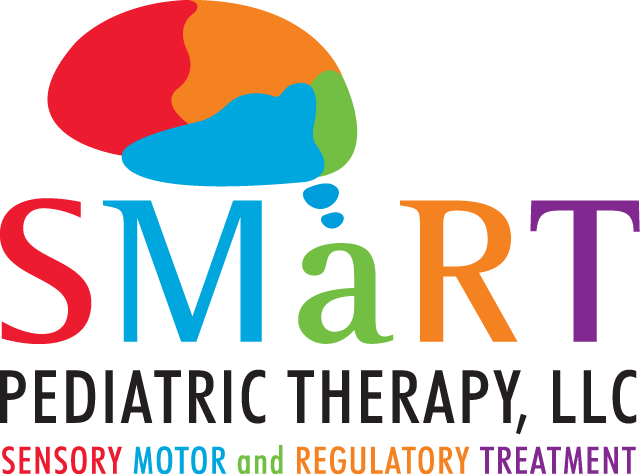
Center in the Valley
- Occupational Therapy
- Sensory Processing/Integration Therapy
- Speech & Language Therapy
- Feeding & Swallowing Therapy
WHAT WE DO
What We Offer
Occupational Therapy
Speech Therapy
Feeding Therapy
Sensory Integration
Listening Therapy
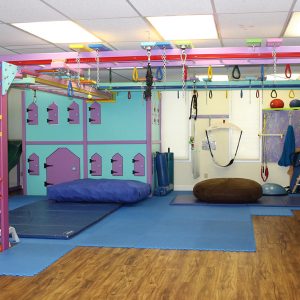
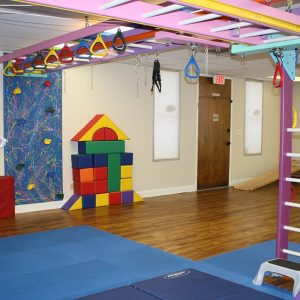
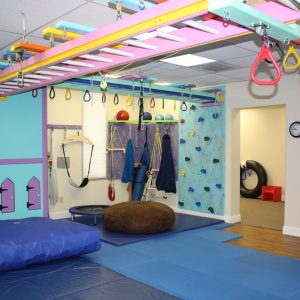
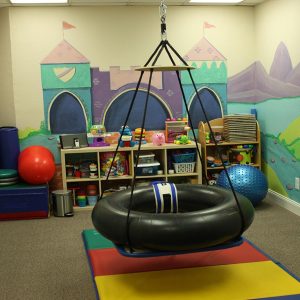
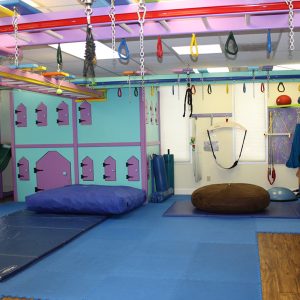
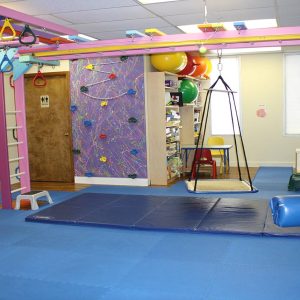
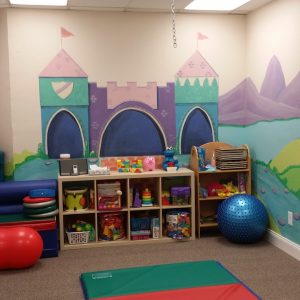
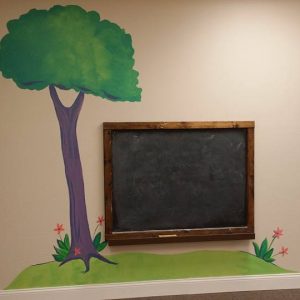
HOW WE DO IT
Our Process & What Sets Us Apart
At SMART Pediatric Therapy, we don’t just work on the surface problems you see. We focus on the root of what’s going on in your child’s brain and body. Using true sensory integration in our custom, state-of-the-art sensory gyms, we strenghten the foundation your child needs for improved behaviors, coordination, feeding, speech, and communication in their daily life. Rather than just treating the symptoms, we help your child build new skills from the ground up – so the progress lasts.
Our founder, Dr. Susan Gregg, put together this video as a quick overview of sensory integration (SI). It may help parents recognize when a child may have underlying neuro-physiological processing issues contributing to challenging behaviors.
The What
Vision
To be a light in the West Valley, enabling kids to live their best lives by overcoming challenges in sensory processing, communication, and physical functioning.
The Why
Mission
Changing families’ lives by utilizing unique and effective treatment approaches to enable children to reach their maximum potential to fully engage in the occupation of being a kid and to function their best at school and at home.
Traditional Therapy vs. True Sensory Integration
Traditional Therapy
True Sensory Integration
- Focuses on treating symptoms (fine motor, handwriting, behavior, feeding, etc.) without addressing the root cause.
- Targets underlying processing systems in the brain and body that impact behavior, coordination, feeding, communication, and speech.
- Often relies on adult-led 'sensory strategies' (fidgets, breaks, weighted items) and calls it 'sensory integration.'
- Uses true sensory integration—child-led, playful, and designed to rewire how the brain processes sensory input.
- Works top-down (practicing skills like writing or cutting directly).
- Works bottom-up (building strong foundations so functional skills emerge naturally).
- Children may spend years in therapy practicing surface skills yet not see measurable change.
- We see the most significant improvements in behavior in a short time: fewer meltdowns, smoother transitions, improved communication, better body awareness, coordination, and confidence.
- Often leads to limited or inconsistent progress.
- Creates lasting change by growing new neural pathways.
- Therapy may look like drills, repetitive tasks, or worksheets.
- Therapy happens through play in our state-of-the-art sensory gyms — engaging, motivating, and fun.
- Progress can plateau or fade over time.
- Children often achieve extraordinary breakthroughs that others miss.
